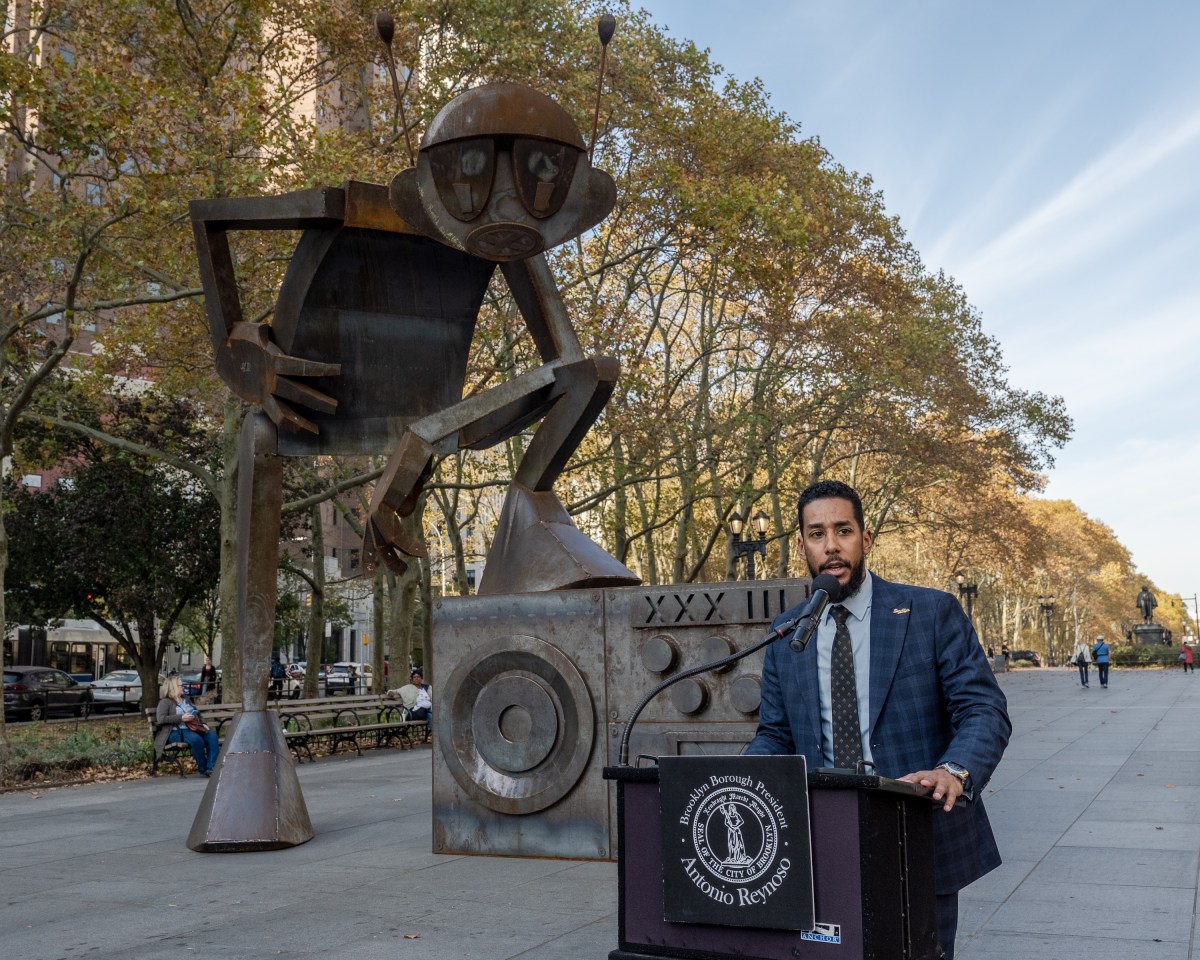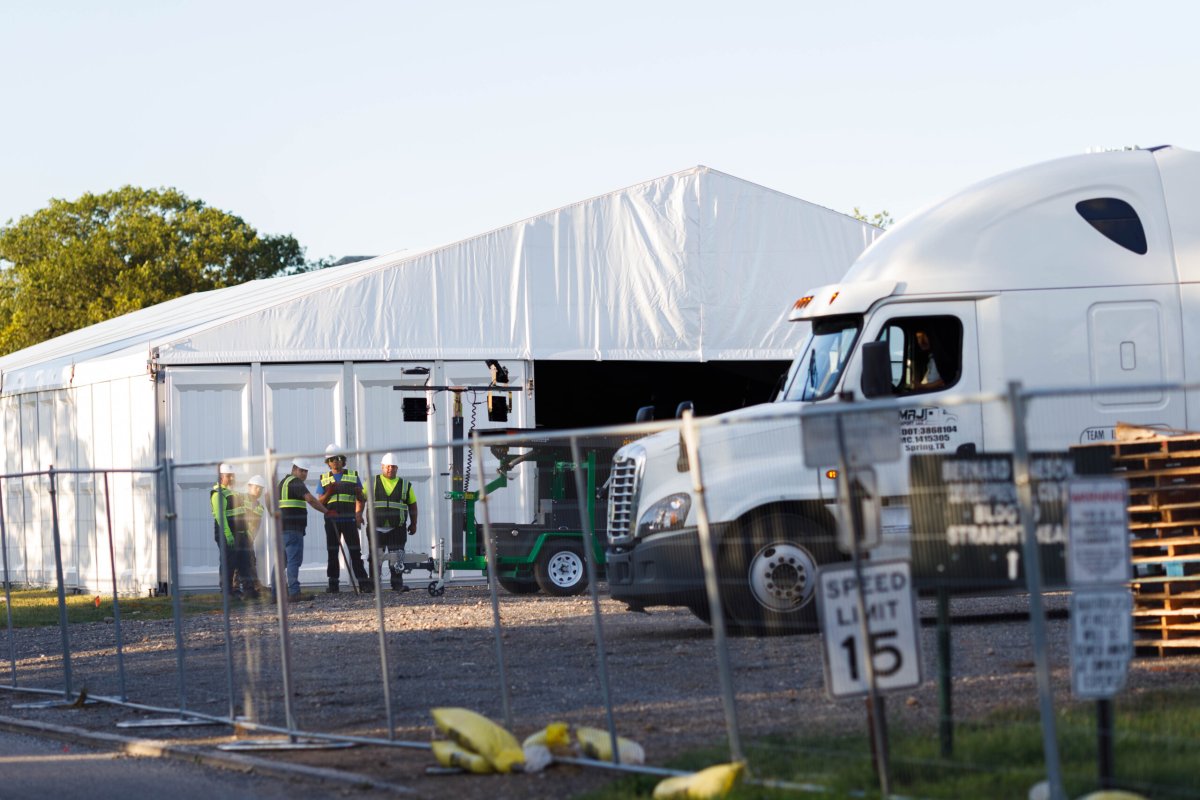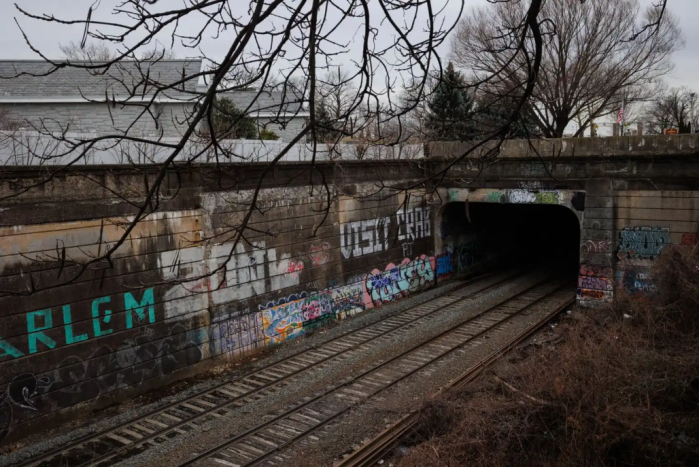New York State is home to 1,837 bridges and elevated roadways that the federal government considers to be “structurally deficient,” new data show.
Those bridges, which represent about 10.7 percent of all elevated spans in the state, include the recently rehabilitated Brooklyn Bridge and several elevated spans of the Belt Parkway and Gowanus Expressway in Brooklyn, according to the federal data that was crunched by the American Road & Transportation Builders Association. In total the association outlined repairs for 17,437 bridges in the state at a total cost of $67.7 billion.
The Whitestone Expressway, as it winds over Flushing Creek, also made the list. Ultimately, nine out of the state’s top 10 most-traveled, structurally-deficient bridges are in New York City. Those nine bridges serve 1.3 million vehicle crossings each day, according to the report, which is released annually. The old Kosciuszko Bridge made the top 10 list, however data was collected before its demolition.
While President Trump had touted a $1 trillion infrastructure plan, it has yet to come to fruition. It’s also unclear what federal money will come to help bridge rehabilitations. Though a spokesman for the Federal Highway Administration said the agency is looking to work with states and cities to “revitalize the nation’s roads and highways.”
The report “underscores the need for investment in our nation’s infrastructure,” the spokesman said. “It also highlights the importance of streamlining the permitting process, so that the projects that are funded can move forward without undue delay.”
New York ranks tenth across the country for the most structurally deficient bridges. In total there are some 54,259 spans categorized as such among the nation’s 612,677 bridges.
The federal classification of “structurally deficient” means that inspectors have issued a “poor” rating (a 4, on a 0-to-9 rating scale) to at least one of four sections of a bridge: its roadway deck; the support for the roadway deck, known as a superstructure; the pillars that connect the bridge to the ground, called the substructure; or the culvert, which is used for drainage. A bridge could also be classified as structurally deficient if traffic capacity is significantly below design standards or if the bridge frequently floods.
The numbers actually represent a positive trend in recent years. In 2007, there were 73,817 structurally deficient bridges in the United States. That number dropped to 55,710 last year.

































